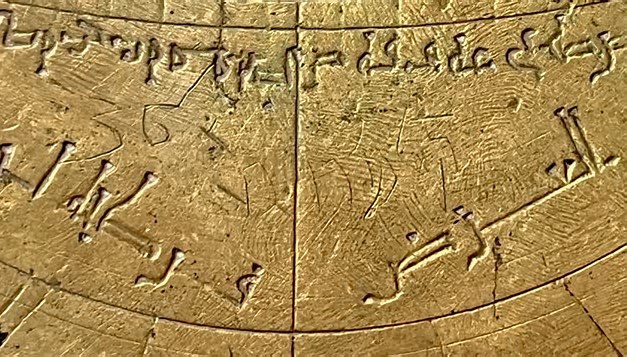Rare 11th-century star chart reveals complex history of Islamic, Jewish and Christian astronomy
An 11th-century astrolabe — a device used for accurately calculating the date and time based on star positions — found in a museum in Verona, Italy, is clear evidence for scientific exchange and cooperation between Muslim, Jewish and Christian people, a new study finds.
The astrolabe stands out because, having been built by Muslim craftsmen, it subsequently passed through the hands of Jewish and Christian users, who translated and modified the hand-held device over the centuries. Such a widely shared astrolabe dating from almost a thousand years ago is an extremely rare find.
The bronze astrolabe languished in the archives of Verona's Fondazione Museo Miniscalchi-Erizzo for decades, its true worth unrealized, until the museum's curator, Giovanna Residori, became curious and caught the attention of Federica Gigante, a historian at the University of Cambridge who specializes in material and intellectual exchanges between Islamic people and Europe.
(snip)
Astrolabes are constructed from a disk, around the rim of which either the time or degrees of angular separation are marked. Pinned to this disk are one or more circular plates, each plate for a specific latitude, and on top of that is another plate called a rete (pronounced "ree-tee", on which there is a chart depicting the brightest stars in the sky. The idea is to rotate the rete so that the position of the stars matches what's in the sky, and then to use the hour scale around the rim to determine the time.

More..
https://www.msn.com/en-us/news/other/rare-11th-century-star-chart-reveals-complex-history-of-islamic-jewish-and-christian-astronomy/ar-BB1jra6e


